15 Steps to increase employee happiness and engagement

By 2DAYSMOODIES | 07/04/2021
Are you a good role model when it comes to maintaining a healthy work-life balance? Can your colleagues openly communicate about a high workload or negative work atmosphere? And when was the last time you gave your team members a sincere compliment?
The questions above refer to specific themes that correlate with the level of employee engagement in your team or organization. Through experience and elaborate literature studies, 2DAYSMOOD has identified 15 themes as drivers with which you can increase employee happiness and engagement. In this visual blog we will guide you through these 15 drivers. So, do you want to gain more insight in the happiness of employees? Start by evaluating these drivers step by step. Discuss them in your team and use our practical tips to implement improvements to increase employee happiness.
Do you find it difficult to investigate the drivers yourself? Then 2DAYSMOOD offers a baseline measurement of employee happiness and engagement. Our validated measurement and fast tool are an innovation on the traditional employee satisfaction survey. By quickly retrieving relevant feedback in 15 seconds, you can increase employee happiness effectively and step by step! And that is profitable for your employees and organization.
Increase employee happiness by following these steps and tips
Step 1. Internal Communication
The driver ‘Internal Communication’ describes the communication between the organization and its employees or between parts of the organization. It takes place across all levels and between teams of an organization with the purpose of creating a shared understanding and meaning. A clear and consistent message is very important for this purpose. Even the smallest confusions on the main message can do big damage to your internal communication strategy.

Step 2. Vision and Values
The driver ‘Vision and Values’ describes the leading principles of an organization. They define how the organization views itself now and in the future. A vision statement is an inspirational description of what an organization would like to achieve or accomplish in the mid- or long term. Values describe the desired culture. But what happens when these two topics are not taken seriously? A lack of serious consequences when the values are breached can lead to a dissociation between employee and company.
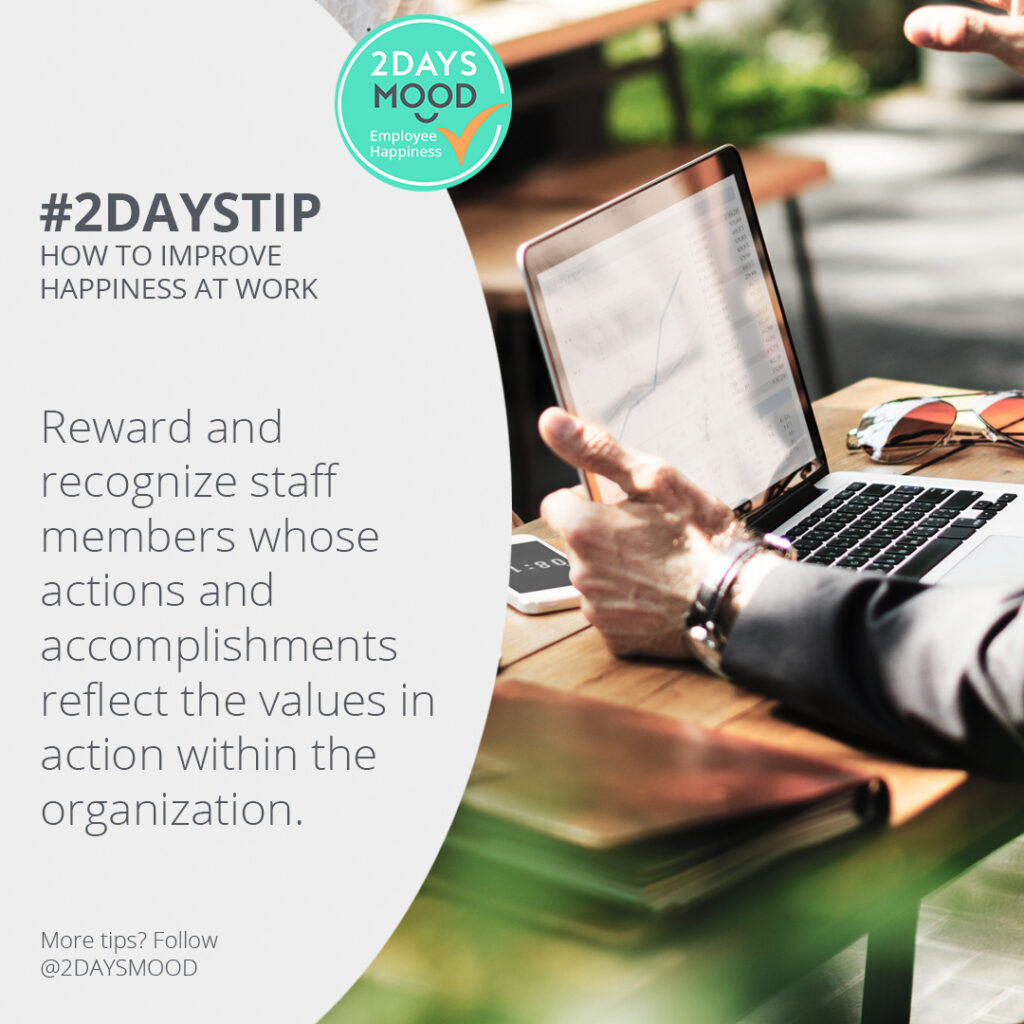
Step 3. Strategy and Goal Alignment
The driver ‘Strategy and Goal Alignment’ refers to the clarity of the overall strategy of the organization and to which degree individual employee goals are aligned with the general strategic course. Role transparency and the understanding of how individual work can make an impact are critical components of this driver of engagement. An ill-conceived strategy can be counter-productive if the individual strengths of the team are not considered.

Step 4. Reputation and Brand
The driver ‘Reputation and Brand’ is about the overall impression of an organization by its internal and external stakeholders, based on its past actions and probability of its future behavior. It is an indicator for the extent to which stakeholders are linked to and identify with the organization. Through their brand, an organization creates an image that is associated with a level of credibility, quality, and customer satisfaction. A negative reputation of the organization can be quite off-putting for employees. It will simply give them uncomfortable feelings and a reason to seek their employee satisfaction elsewhere.

Step 5. Leadership
The driver ‘Leadership’ refers to all executives and people managers who run the organization and who are responsible for effectively managing the resources within the organization. They should inspire others to do their best work and cultivate a successful organizational culture. They are also responsible for translating the drivers ‘Vision and Values’ and ‘Strategy and Goal Alignment’ into understandable actions for their employees. When a role model like that does not act according to the norms and values of the company, it could be an incentive for other employees to pay no mind to the rules as well.

Step 6. Relationship with colleagues
The driver ‘Relationship with colleagues’ enfolds all interpersonal relations at work. These relations influence the way people and teams collaborate with each other and achieve goals. Within this step it is important to explore if the conditions for positive interpersonal interactions are present in the organization and to which extent. The interactions should include pleasant communication (and perhaps typical “office humor”), trust, mutual respect and equal commitment.

Step 7. Relationship with manager
The driver ‘Relationship with manager’ describes the social relationship between employee and manager at work. Many employees view their managers as role models that represent the values of the company. When the manager exhibits contradictory behavior, this can seriously damage his or her reputation. At the very least, it is important for a manager to have unconditional understanding for all employees. Everyone needs to be heard and nothing strengthens the bond between colleague and manager more than mutual respect and care.
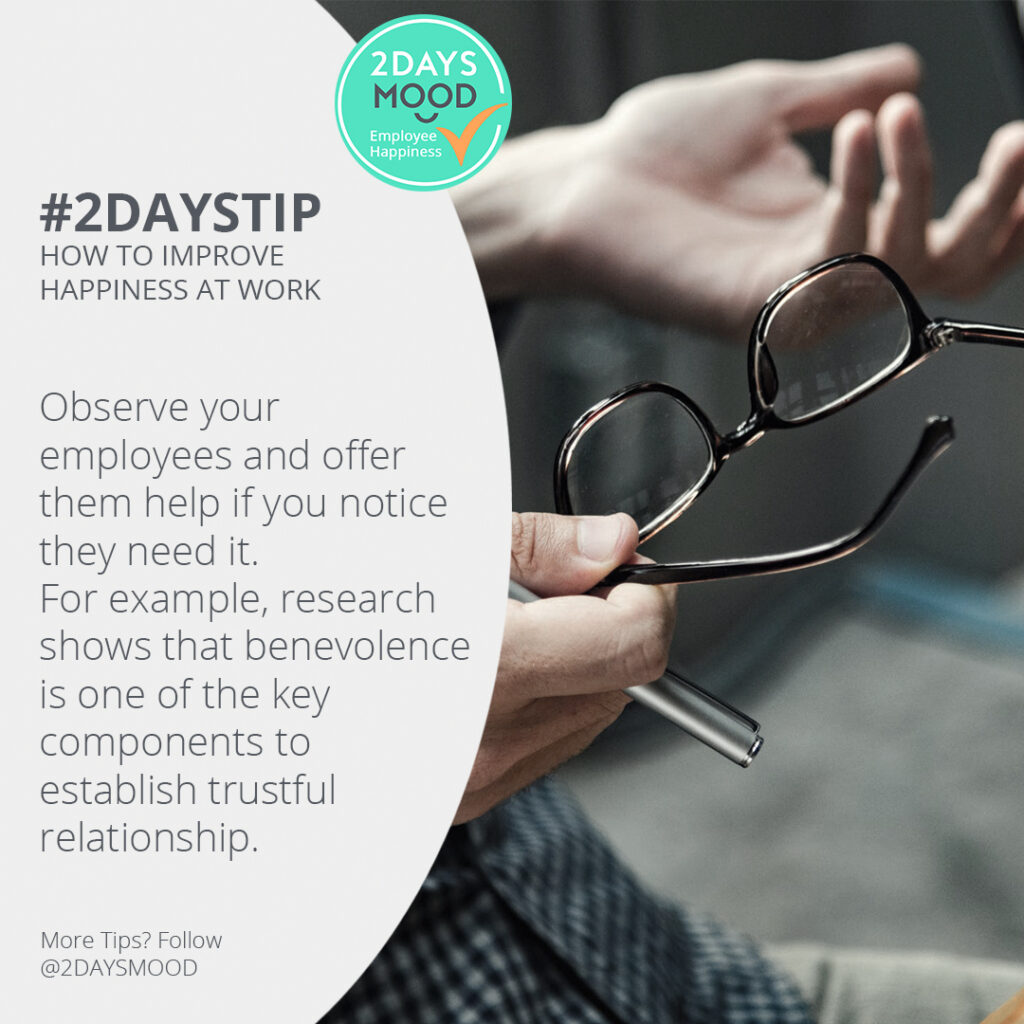
Step 8. Social values
The driver ‘Social values’ is about the psychosocial safety within the organization and the extent to which the organization does its best to safeguard the mental and physical health of an employee. The latter is done through official, but also unwritten rules, that together form the norms and values of the company. An example of such a rule could be that bullying is not tolerated. If a bully is not met with serious consequences, the employees could start to feel unsafe. This would result in them not daring to express their real talents, personalities or motivations.

Step 9. Salary and benefits
The driver ‘Salary and benefits’ not only describes monetary compensation for all employees, but also other ways of compensation that have nothing to do with the salary. It is an external motivator that stimulates an employee to show more involvement and motivation. This motive can have an adverse effect when there is a lot of uncertainty about the salary or when there is blatant discrimination with the distribution of benefits and employment conditions (favoritism).
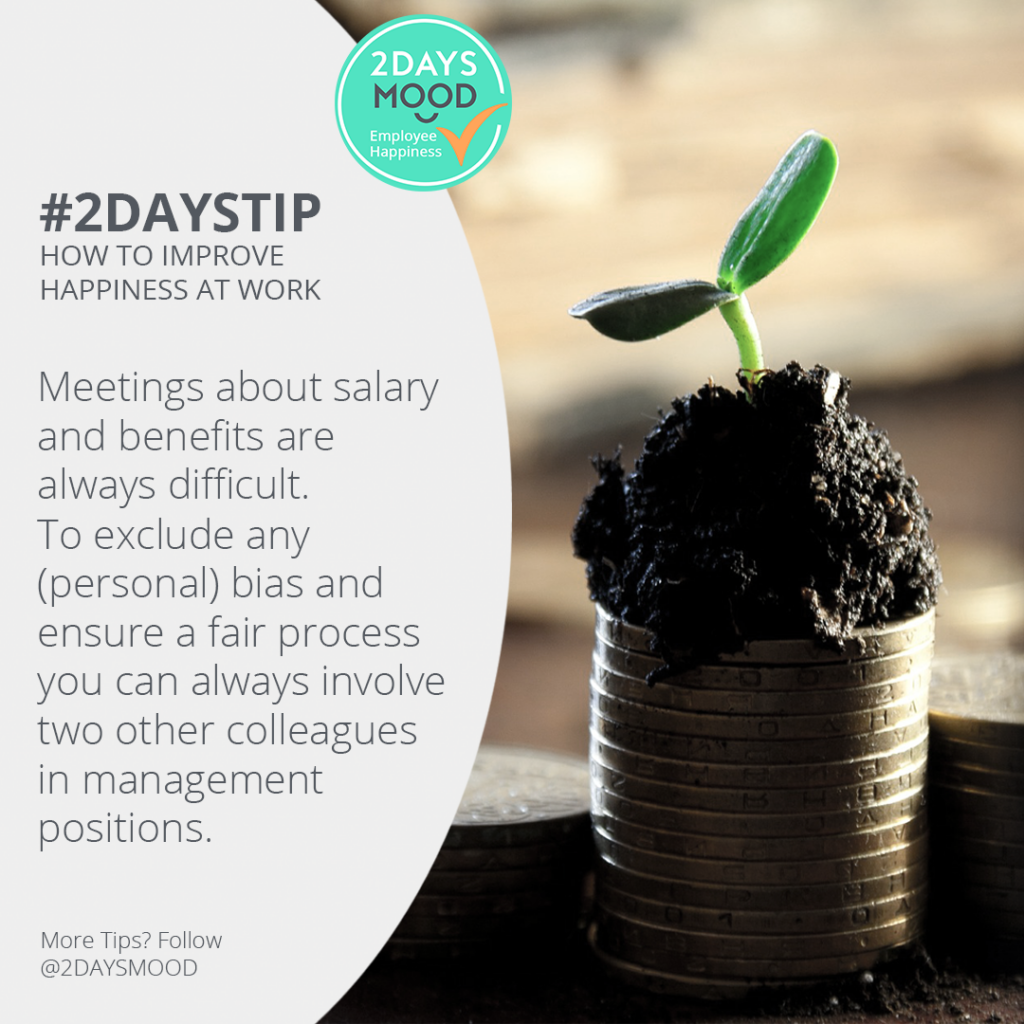
Step 10. Appreciation
The driver ‘Appreciation’ is an important stimulus that is too often underestimated. Your employees and colleagues work hard on their projects and tasks. Sometimes, the only thing they need to go on a little further is a token of appreciation and interest in what they do. Think about it, whenever you spend more time on the layout of a document, you often secretly hope that someone notices it and gives a little compliment. Give your colleagues the recognition they deserve!

Great job! You have gone through the first 10 steps to increase employee happiness. Curious about the following drivers? Then download our visual E-book with all 15 steps!
Do you prefer advice from a happiness and culture expert or do you want to conduct research in your organization? Request it here for free!
Visual ebook
Increase employee happiness: 15 tips
Which buttons should you turn to increase happiness at work? And what should you do?
• Based on the proven Employee Happiness Model
• Made visually so easy to scan!

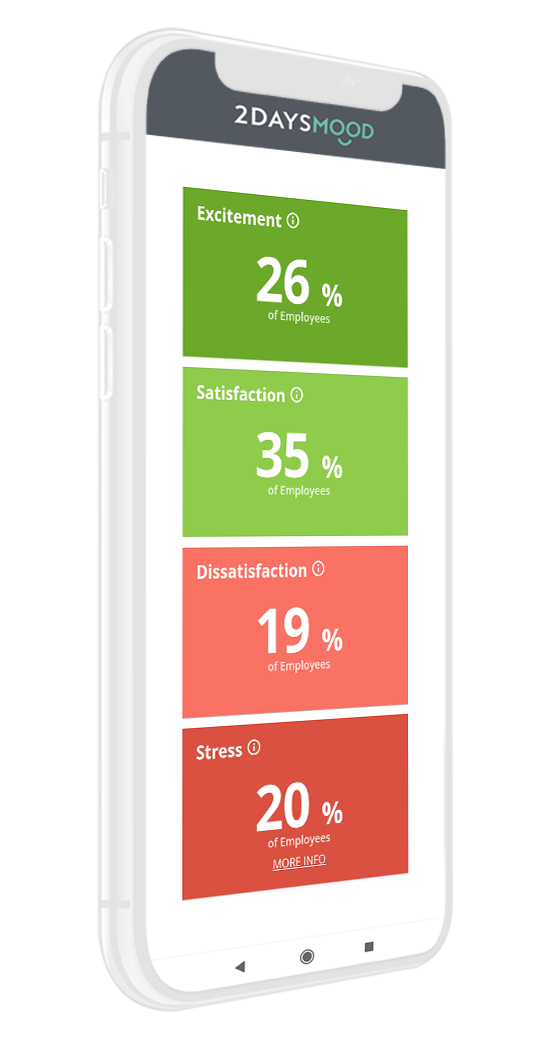
80%
less burnouts66%
less absenteeism59%
less turnover50%
more motivation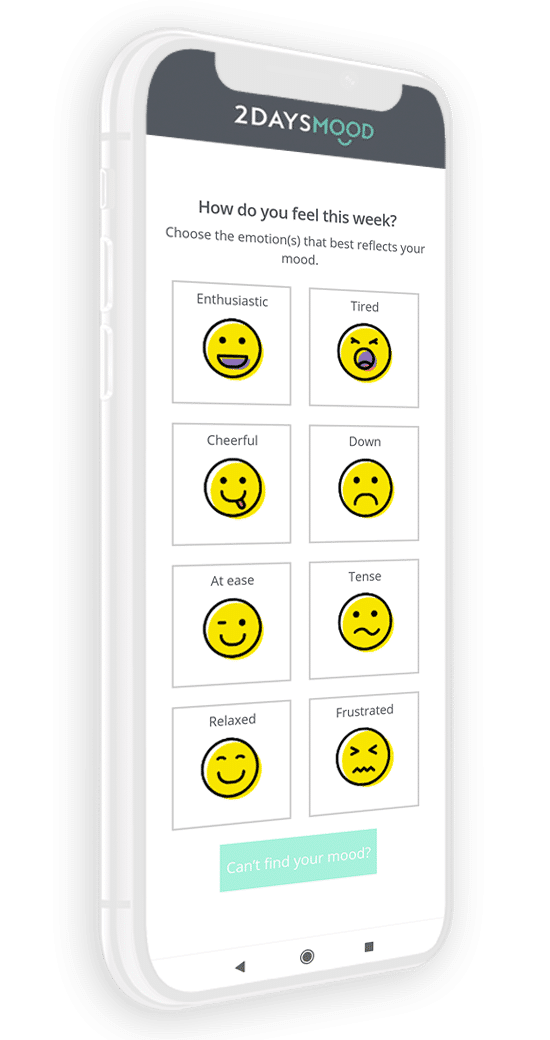
300%
more innovation180%
more energy45%
higher productivity37%
more sales successWhy 2DAYSMOOD
Engaged employees deliver the best effort and results
When employees feel engaged and happy, the positive effects are significant! From increasing productivity and energy to decreasing absenteeism and turnover. But how do you adjust your working climate to what teams need?
2DAYSMOOD researched, i.c.w. Utrecht University, which factors determine employee happiness and engagement. For example leadership, appreciation or work-life balance. They are part of our proven method ‘from data to deeds‘. Using simple surveys you gain more control over the mood in teams, and the risks and strengths of your culture!
Leverage the science
Profit from happiness










Happy employees make happy customers
These (HR) managers use 2DAYSMOOD and make real impact!
How? Our measuring method is the renewed employee survey, because it’s faster, easier and science based. A continuous source of data with which you can improve your (team) culture step-by-step and increase employee happiness. In short, that is profitable for your organization!

Jan-Herman Hanskamp

Emma Sluman

Rita Blankenberg

Robin Gerritsen
Leading Organizations Work with 2DAYSMOOD









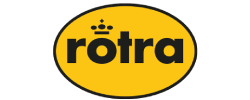



Get in touch for free advice, a demo or quick scan!
Always the employee survey that suits you.
Do you want to increase happiness in your teams? Collect feedback on a specific subject? Monitor stress in real-time? Or do you need a baseline survey to get insight in the drivers of your culture?
We are happy to help with your specific challenge, using:
- Our expertise, experience and energy!
- A demo of our tool (if you like)
- The opportunity to try it for free
- Or enjoy reading our brochure
